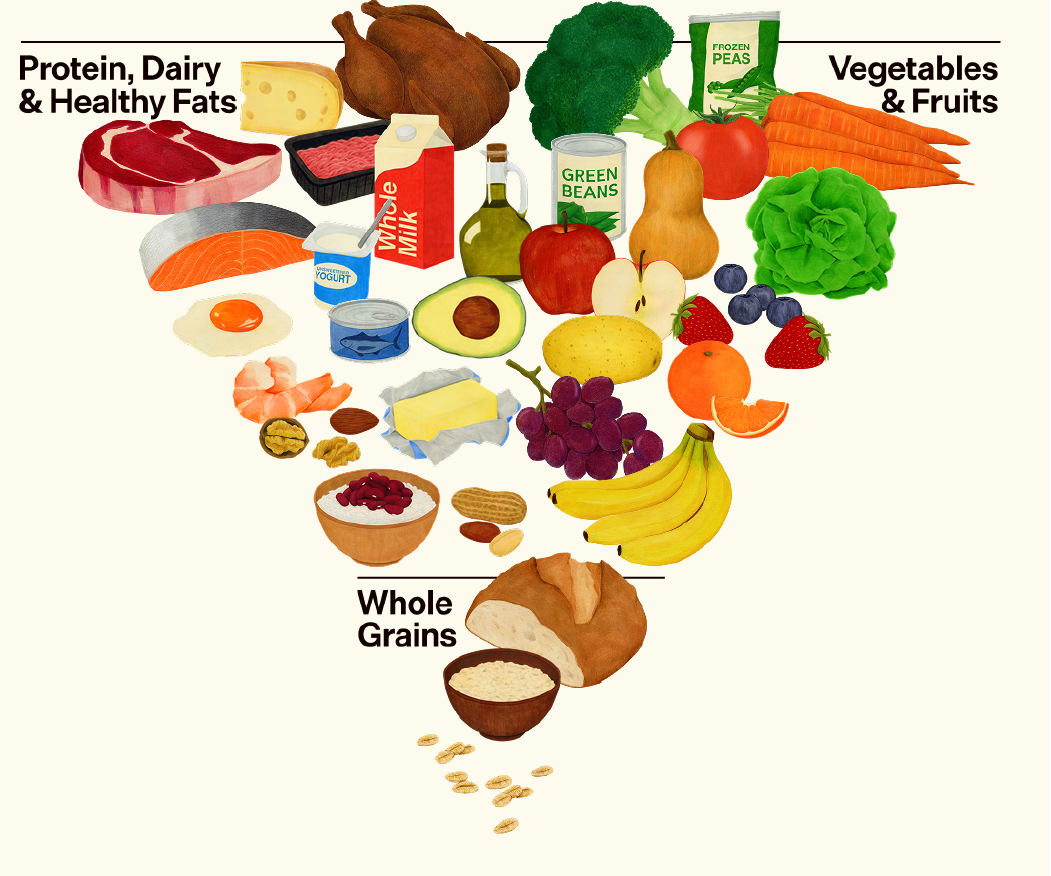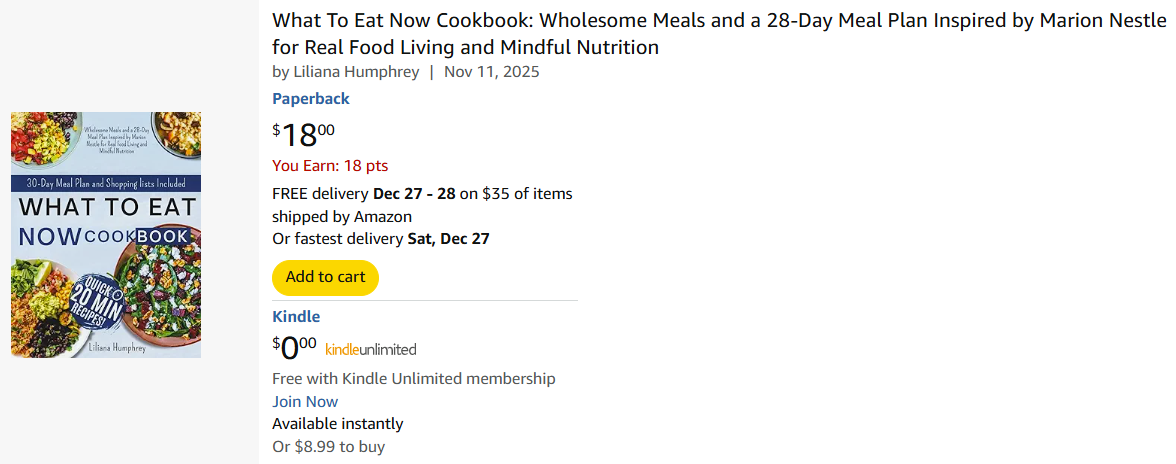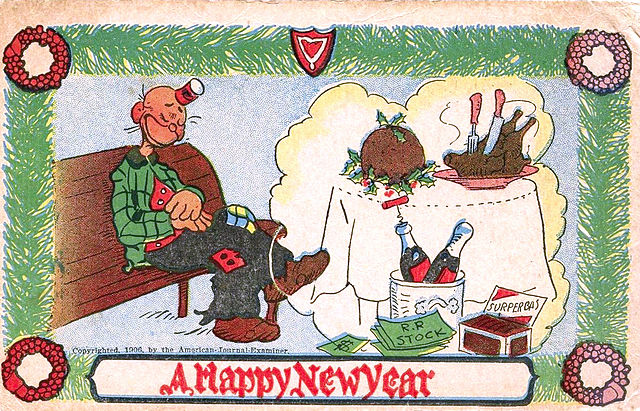The MAHA Dietary Guidelines II: Personal Responsibility vs. Public Health Policy
This is the second in a series of posts I will be writing about the new Dietary Guidelines for America, 2025-2030.
Yesterday, I gave an overview of the guidelines, finding them cheerful, but muddled, contradictory, ideological, and retro.
I do like the cheerful message: Eat Real Food.
But after reviewing lsome of the rest of the materials that come with the guidelines, I think those terms miss a more important concern: they are about personal responsibility, not public health.
This is most explicit from the Eat Real Food Website.
Our nation is finding its footing again, moving past decades of unhealthy eating and rebuilding a food culture rooted in health, science, transparency, and personal responsibility.
In March, I posted a a comment about a statement made by USDA Secretary Brooke Rollins.
Secretary [of HHS] Kennedy and I have a powerful, complementary role in this, and it starts with updating federal dietary guidance. We will make certain the 2025-2030 Guidelines are based on sound science, not political science. Gone are the days where leftist ideologies guide public policy.
I could not imagine how anyone could think the dietary guidelines reflected leftist ideology and guessed that she must have been talking about plant- as opposed to meat-based diets. I wasn’t entirely wrong. Eating meat is the first priority of the guidelines, a matter I will discuss next week.
But now I think she must have meant personal responsibility as opposed to public health policy.
This approach leaves it entirely up to you to make healthful food choices, never mind that if you try to eat healthfully, you are fighting the entire food system on your own.
The goal of food companies—even those selling real food—is to get you to buy as much of it as possible, regardless of how their products affect your health or that of the planet.
Given this administration’s destruction of the public health system in America, you really are on your own.
The groups in America who eat most healthfully are educated; have decent jobs, money, and resources; have homes with functioning kitchens; can cook; live in safe neighborhoods with grocery stores; and have access to affordable health care. That’s what public health is about.
If the government leaves it to you to “do your own research” and fight the food system on your own, it is saying it has no responsibility for creating a food environment that can help you eat and enjoy real food.
It’s all on you.
The eat-real-food message is cheery and for sure it’s how I eat, at least most of the time. I will have more to say about it next week too.
But the focus on personal responsibility troubles me. Shouldn’t all of us be able to eat as healthfully as possible?
The Fact Sheet rejects health equity out of hand, but then says:
We reject this logic: a common-sense, science-driven document is essential to begin a conversation about how our culture and food procurement programs must change to enable Americans to access affordable, healthy, real food.
Isn’t that what health equity is about? For that we need policy backed by resources. Personal responsibility won’t work without it.














